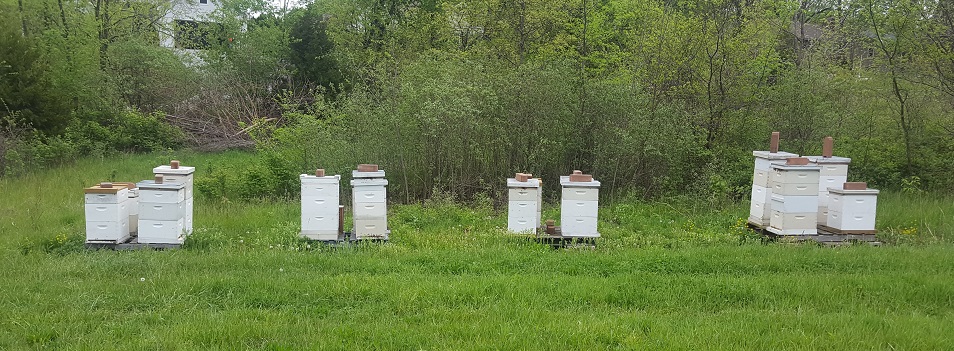WAX
Wax is produced by young bees during warmer months when heavy nectar flow is going. They have 6 wax glands on their abdomen they secrete wax scales from. They then chew the wax into the comb everyone is familiar with. The beeswax we have is a byproduct of uncapping the honeycomb during honey harvesting. It’s centrifugally spun dry then put in a solar wax melter that slowly and naturally heats the wax to its melting point then catches it after it filters through all of the heavier solids.
Beeswax melts at around 145 degrees Fahrenheit and makes a premium 100% natural candle as it burns 2-5 times longer, naturally scented of honey, produces little smoke and rarely drips in if used in a draft free location. Tapered Beeswax candles normally burn at a rate of approximately 1" per hour. Paraffin, which is what most candles are made of, is an industrially refined petroleum byproduct that melts at around 120 degrees, puts off a smoke, and is prone to quickly burning and dripping.
The beeswax disks and bricks that are offered are used by people in art projects, soap making, jewelry manufacturing, sewing, candles, lip balm, furniture polish, and sealing cast iron to name just a few uses.
